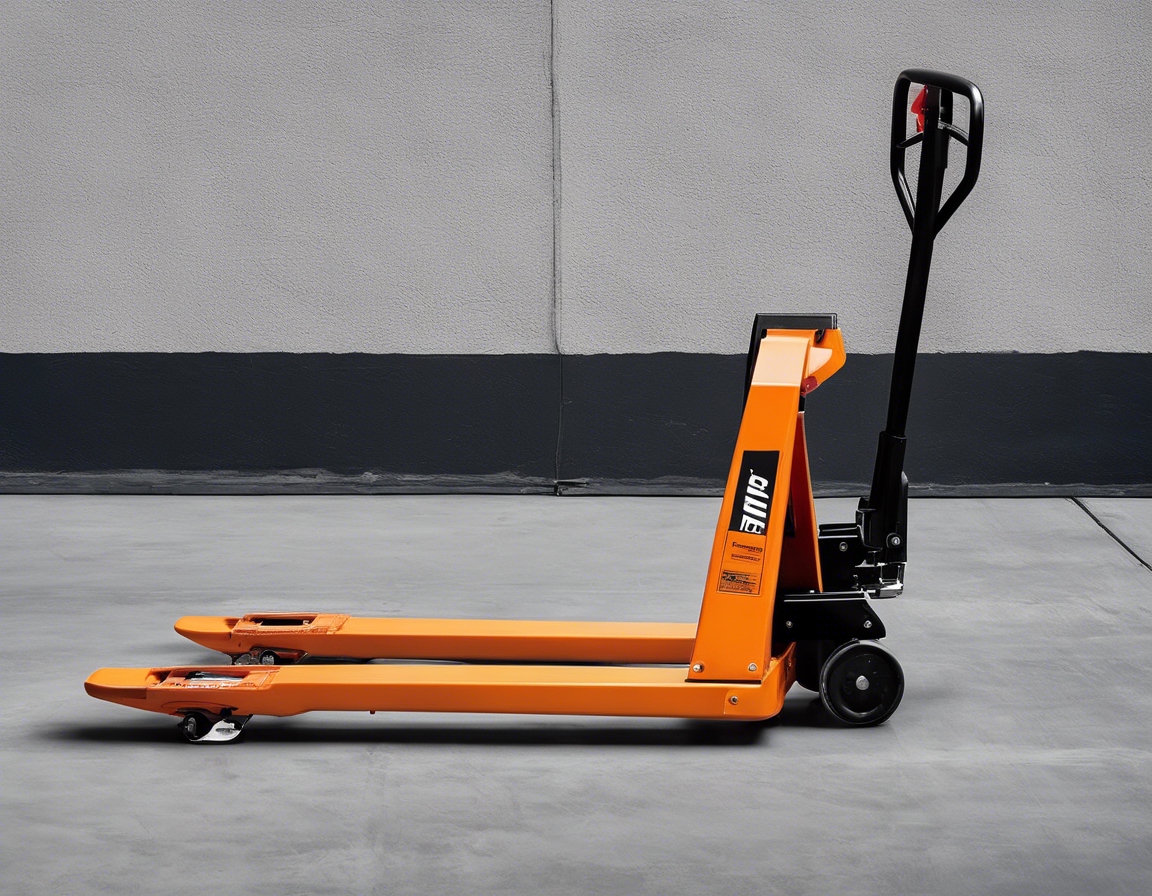The importance of proper loading techniques
Loading techniques refer to the methods and processes used to place materials onto transport vehicles or within storage areas. In the construction industry, proper loading is crucial for ensuring the safe and efficient transport of materials, which is essential for the timely completion of projects.
Construction companies often face challenges such as limited space, tight schedules, and the need to handle a variety of materials with different shapes and weights. These challenges can lead to increased risks if not managed correctly.
Key Principles of Proper Loading
Even weight distribution is vital to prevent vehicle instability during transport. It minimizes the risk of accidents and ensures that the load can be safely delivered to its destination.
Securing the load with straps, chains, or other devices is necessary to prevent shifting during transit. This not only protects the materials but also ensures the safety of other road users.
Using the right equipment for loading, such as forklifts, cranes, and hoists, is essential for handling materials safely and efficiently. Proper material handling techniques also help to prevent damage to the materials and injuries to workers.
Benefits of Proper Loading Techniques
Proper loading techniques significantly reduce the risk of accidents on the road and during the loading and unloading process. This leads to a safer work environment for employees and the public.
Efficient loading processes mean that materials can be transported more quickly and with fewer delays, contributing to the overall productivity of the construction project.
By minimizing the risk of damage to materials and avoiding potential fines from regulatory infractions, proper loading techniques can lead to significant cost savings for construction companies.
Best Practices in Loading for Construction Projects
Effective planning and coordination with all stakeholders involved in the loading process are essential for ensuring that loading operations run smoothly and according to schedule.
Providing workers with the necessary training on loading techniques and safety practices is crucial for maintaining high standards of loading operations.
Compliance with local and international regulations regarding load limits and securement is mandatory to avoid legal issues and ensure the safety of transport operations.
Technological Advancements in Loading Operations
New technologies in loading equipment, such as automated loading systems and advanced securing devices, are improving the efficiency and safety of loading operations.
Software solutions are now available to help plan and optimize loading operations, track materials in transit, and ensure compliance with regulations.






Comments (0)